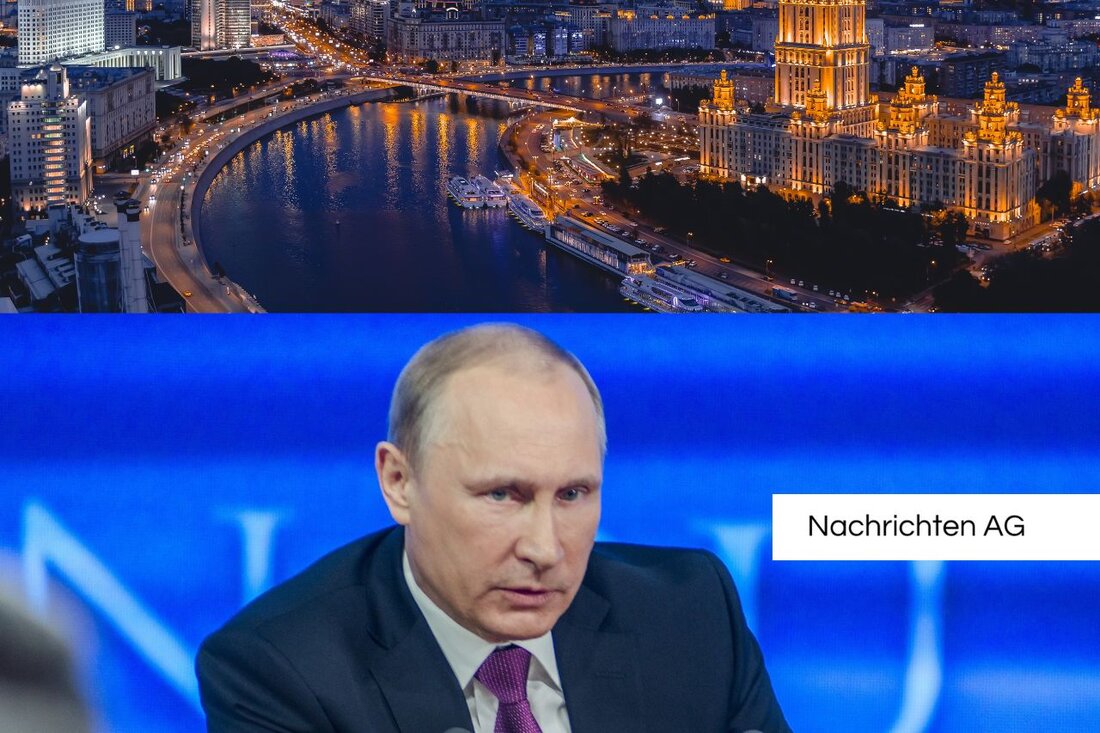Economic inequality: risk of civil war increases worldwide!
In 2025, the University of Tübingen will publish a study on economic inequality and its influence on civil wars.

Economic inequality: risk of civil war increases worldwide!
A current study by the University of Tübingen shows alarming trends in economic inequality and its links to the risk of civil war. A comprehensive analysis examining the distribution of land and income over the past 200 years in 193 countries reveals that rising economic inequality in countries such as the US, UK and Russia has significantly increased the risk of civil war. This study was published in the journal Review of Income and Wealth.
The study developed a new measure for calculating economic inequality that takes into account not only income and land ownership, but also deviations from average height. Height serves as an indicator of the standard of living and inequality in a society. For example, historical data shows that before the US Civil War, differences in height between higher income groups and unskilled workers increased significantly.
Statistical insights and risks
The risk of civil war in the United States has increased from 10% to 21% over the past 30 years due to unequal income distribution. The study also shows that inequality has also increased in other countries such as Great Britain, China, India and Russia. The connection between unequal income distribution and civil wars has been statistically proven, with civil wars being defined as conflicts with over 1,000 deaths due to fighting within a year.
The research also shows that factors such as a country's size and population, as well as previous civil wars and the level of democracy, are additional variables that can influence the risk of a civil war. Interestingly, economic growth has no measurable impact on the risk of civil war. In order to reduce inequality across income groups, the researchers recommend, among other things, a more progressive income tax and better access to high-quality education.
Global trends and inequalities
A broader view of global inequalities is provided through an analysis of the Federal Agency for Civic Education supplemented. In 2021, the richest 10 percent of the world's population earned an average of around 87,000 euros annually, while the poorest 50 percent only received 2,800 euros. This disparity is also reflected in asset ownership: the richest 10 percent have an average of around 551,000 euros, while the poorest 50 percent only have 4,100 euros.
In Germany, income inequality has increased since the 1970s, with a significant increase between the late 1990s and the mid-2000s. Globally, Europe has the lowest income inequality, while regions such as Latin America and the Middle East experience higher levels of inequality. Anthropological studies show that all members of a society suffer from high levels of inequality, even wealthy citizens, because inequality creates stress and social tension.
These findings highlight the need to view social inequalities not only as an economic problem, but also as a threat to social peace and stability in societies worldwide. This makes it all the more important to take measures that reduce economic inequality and thus reduce the risk of conflict.

 Suche
Suche
 Mein Konto
Mein Konto